Fats: The Good, the Bad, and the Ugly
Fats: The Good, the Bad, and the Ugly.
By Emma Williams
Fat. It is perhaps the most reviled of the macronutrient groups. It’s no coincidence,however, that our taste buds do a little dance when we add a pad of butter to our pile of veggies, and the good news is that there’s absolutely no reason why you should limit or eliminate fat from your diet. Fat, actually, is crucial to your health, and not just boring fat, but yummy ones like coconut oil and lard. What’s important with regard to fats is that you are eating the right ones, and that you are using the right fats for the right purposes.
Like other foods, the less processed fats and oils are, the better they are for your health. Butter from grass-fed cows, organic and unrefined coconut oil, olive oil, avocado oil, lard, and tallow from pastured animals, for example, are some of the best foods you can eat. Butter? Yes, butter! Fortunately, even mainstream media and science are catching on to the fact that saturated fat became an unfortunate scapegoat in medicine’s search for the source of obesity and heart disease. The bottom line is that as long as the animals that produce fats such as butter, lard, and tallow are healthy and fed according to their natural diets, these foods will contain healthy levels of omega 3 fats, which fight inflammation in the body, and will also contain essential nutrients such as vitamins A, D and K, arachidonic acid, DHA, and choline that cannot be found in plant foods.
Which fats should you avoid? Polyunsaturated fats like corn, soy, grapeseed, safflower, sunflower, cottonseed and their evil stepsisters partially and fully hydrogenated oils (A.K.A. trans-fats). Despite the mainstream idea that these “heart-healthy, unsaturated fats” lower cholesterol levels, PUFAs are actually high in omega-6 fatty acids, and most of what hits grocery store shelves is already rancid and will therefore readily promote inflammation. Canola oil, or rapeseed oil, is a particularly ugly one. It was historically used as a an industrial lubricant for steam engines, and we eat it now because it has undergone extensive refining that renders it tasteless and considered generally “safe for human consumption”. Yuck!
It is also important to use the right fats for the right purposes. Saturated fats like coconut oil, butter, lard, and tallow are great for cooking and baking. They contain stable molecules and do not oxidize or become rancid at high temperatures. Monounsaturated fats like olive oil, and some nut oils, on the other hand, oxidize quite easily with heat and are better suited for salad dressings than high-temperature cooking.
Though fat is not the most important macronutrient with regard to building muscle, it is crucial for proper brain function and a healthy metabolism. Fat is also a useful tool with regard to appetite control as we digest it slower than we do protein or carbohydrates. Therefore, when we add fat to a meal that is higher in carbohydrates, it helps slow the rise and fall of blood sugar. This means, for example, that a meal of a banana with some almond butter will help you stay fuller longer and will not create the same insulin response as a banana alone. So go ahead and roast those potatoes in duck fat. Your taste buds, your brain, and even your waistline will thank you!


